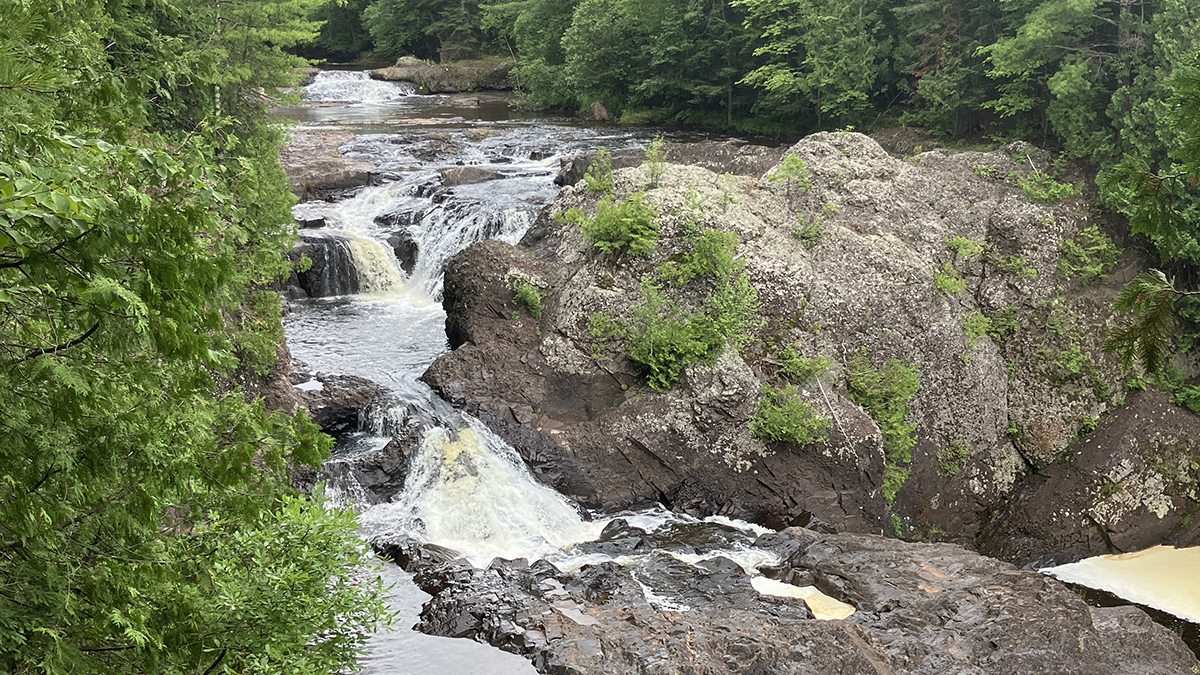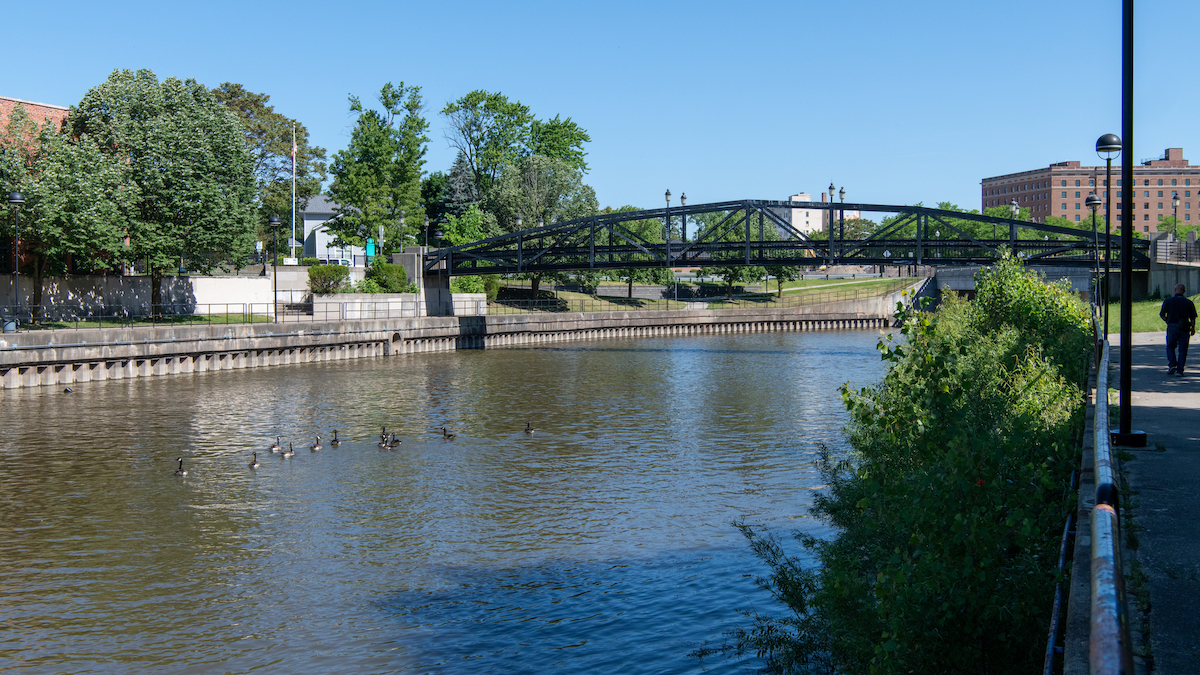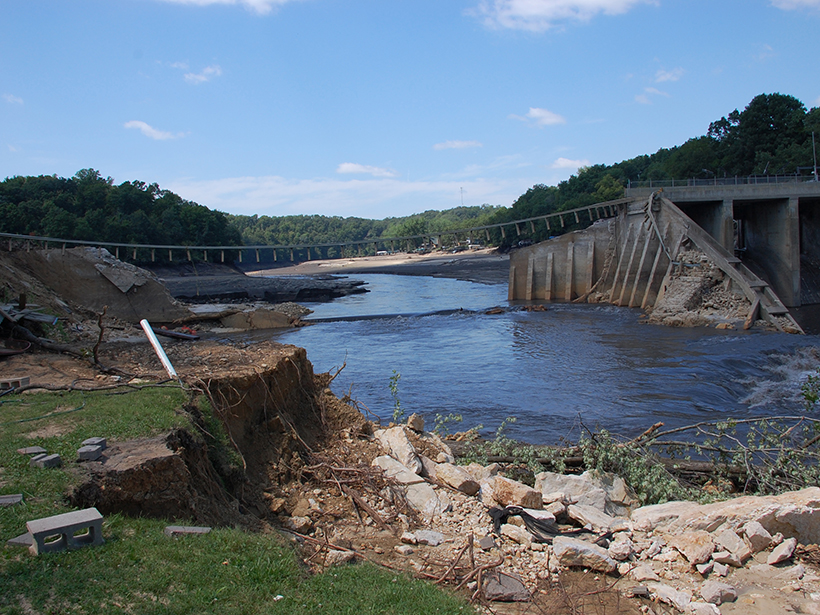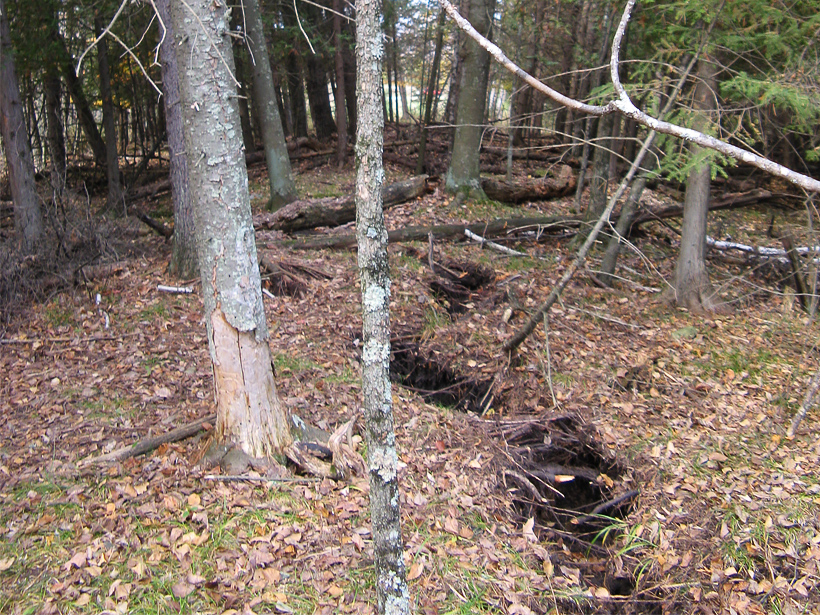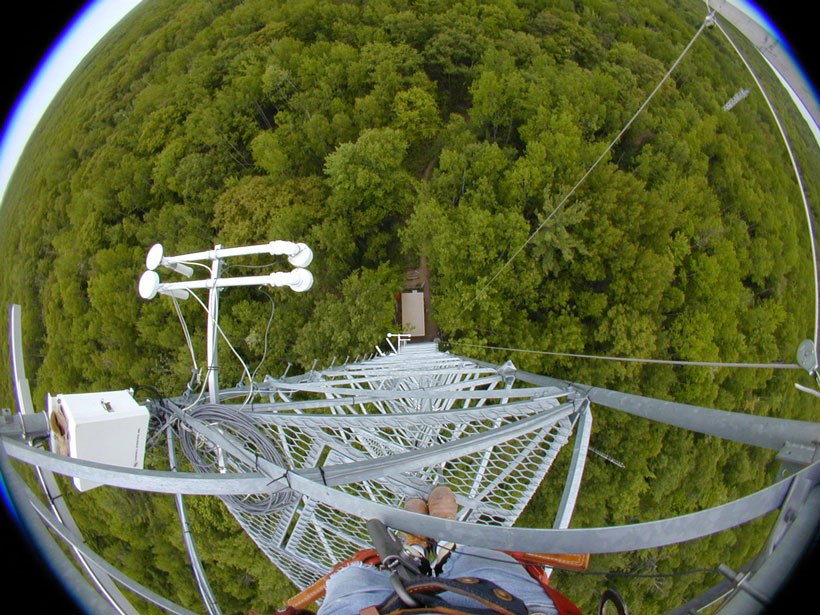Using paleomagnetic samples collected along the shores of Lake Superior, a new study illuminates the movement of a billion-year-old paleocontinent as it crept south toward a tectonic collision.
Michigan
Flint, 10 Years Later
In the decade since the start of the Flint water crisis, policymakers and communities have made improvements to the lives of residents, but opportunities for progress remain.
Motorized Boats Likely Adding Toxins to Michigan Lakes
Researchers found naphthalene, an EPA top priority pollutant, in two Michigan lakes.
Can Decommissioned Mines Become Green Power Generators?
A new report supports the idea that underground mines can be transformed into energy storage facilities, adding the possibility of on-demand, carbon-free power to energy grids.
Using Sap Flow to Infer Plant Hydraulic Properties
The internal hydraulic properties of plants are difficult to measure but may be inferred from observable sap flow.
Below Aging U.S. Dams, a Potential Toxic Calamity
Documents suggest that in more than 80 U.S. locations, the failure of an aging dam could flood a major toxic waste site.
Airborne Fireball
A surprise sighting of a meteor in the sky above southeast Michigan.
Physicist and Former Congressman Vernon Ehlers Dead at 83
A staunch supporter of science, Ehlers worked as a research scientist before going into politics.
What Makes the Ground Suddenly Pop?
A geological feature in Michigan’s wooded Upper Peninsula has scientists scratching their heads.
As Forests Age, Their Climate Effects Shift
The amount of moisture transpired from leaves increases for some tree species but drops on average.

